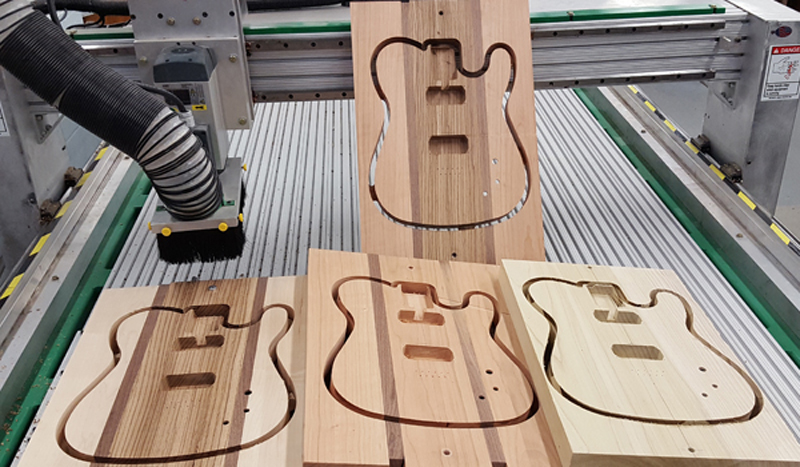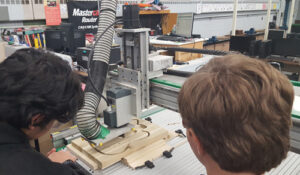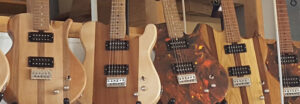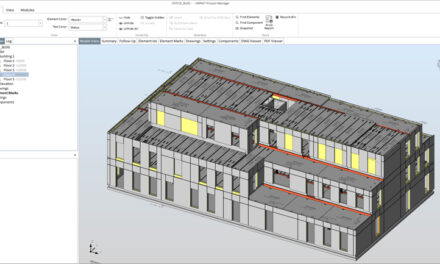
Manufacturing instructor Larry Farrell gives high school students an introduction to CNC machining and CAD/CAM programming. He knows that engaging his students’ creativity is just as important as making his lessons easy to follow. Farrell uses the Quick Part Series to guide his students through the fundamentals of CAD/CAM because of how the series caters to his students’ needs as well as his own.
PROJECT DETAILS
The Manufacturing Technology program at Frank Scott Bunnell High School is designed to give students the introductory skills needed to pursue an apprenticeship or associate’s degree in the manufacturing industry. Instructor Larry Farrell has found that the two biggest challenges he faces in teaching his students are keeping them interested and not overwhelming them with too much information at once.
 Farrell teaches Introduction to Manufacturing Technology, Manufacturing Technology, and Advanced Manufacturing Technology. The introduction course starts with relatively simple projects, often made with just hand tools. By the time students graduate his advanced class, though, they are familiar with every stage in the CNC machining process. To guide his students through this instruction, Farrell relies on the Mastercam Quick Part Series.
Farrell teaches Introduction to Manufacturing Technology, Manufacturing Technology, and Advanced Manufacturing Technology. The introduction course starts with relatively simple projects, often made with just hand tools. By the time students graduate his advanced class, though, they are familiar with every stage in the CNC machining process. To guide his students through this instruction, Farrell relies on the Mastercam Quick Part Series.
The Quick Part Series is a collection of project-based learning tutorials that teach the basics of CAD/CAM programming. As students work through the projects, which are free to educators with the Educational Suite, they learn design, solid modeling, simulation, and machining within a simplified interface. The Quick Part Series works with a simpler interface which shows only the most commonly used toolpaths and features, so as not to overwhelm a new user. Of course, instructors can customize which functions are shown on the interface to cater the program to their own educational style.
The series also comes with an instructor handbook that points out possible problem areas, highlights extra concepts to discuss, and offers supplemental quizzes to ensure retention by the students.
– For our kids, the project is extremely doable. The resources they gave us as far as the Quick Part manual were great. It’s almost like reading a teenager’s mind. It’s something they would like and this is going to be the easiest way for them to understand what to do, said Farrell.

Farrell uses the acoustic amplifier project most in his class. This particular project guides students through the process of programming a wooden amplifier into which they can place their smartphone. At the end of the project, they will have learned how to use basic wireframe and solid model design tools, mirror geometries, program a part for a router, identify safe fixturing options, and verify their part. Farrell said,
– It still has that 2D functionality so you can take your ninth graders and teach them how to create some simple geometry and program a simple toolpath. Something that looks like it’s so out of their realm becomes doable for them. It’s a really user friendly program. The skills his students learn with the Quick Part Series establish a solid CAD/CAM foundation and allow them to progress to much more advanced concepts.






